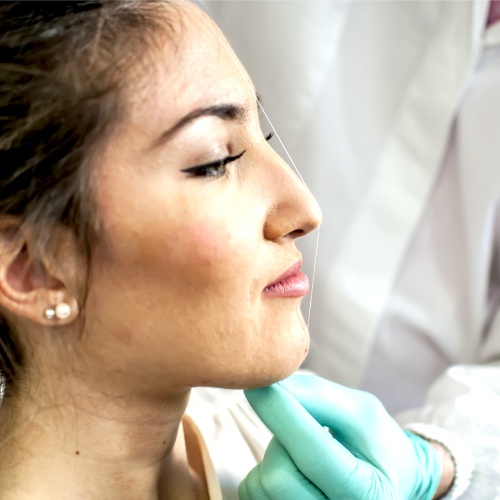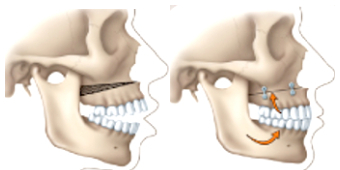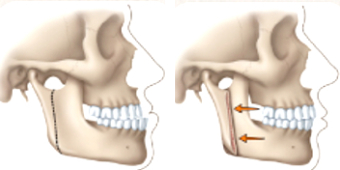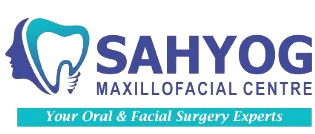Orthognathic Surgery

Craniofacial Anomalies
Craniofacial anomalies are congenital malformations of the skull and face. These range from common, as in cleft lip and palate, to rare, but most will affect the look of the child’s head or face and sometimes other parts of the body as well.
Any child with a head or facial abnormality should be evaluated by a specialist.
Corrective jaw, or orthognathic surgery is performed by an oral and maxillofacial surgeon to correct a wide range of minor and major skeletal and dental irregularities, including the misalignment of jaws and teeth. Surgery can improve chewing, speaking and breathing. While the patient’s appearance may be dramatically enhanced as a result of their surgery, orthognathic surgery is performed to correct functional problems.
Indications for corrective jaw surgery
- Difficulty chewing, or biting food
- Difficulty swallowing
- Chronic jaw or jaw joint (TMJ) pain and headache
- Excessive wear of the teeth
- Open bite (space between the upper and lower teeth when the mouth is closed)
- Unbalanced facial appearance from the front, or side
- Facial injury
- Birth defects
- Receding lower jaw and chin
- Protruding jaw
- Inability to make the lips meet without straining
- Chronic mouth breathing
- Sleep apnea (breathing problems when sleeping, including snoring)

Our team will work together to determine whether you are a candidate for corrective jaw, or orthognathic surgery and which corrective jaw surgical procedure is appropriate. It is important to understand that your treatment, which will probably include orthodontics before and after surgery, may take few years to complete.
Correction of Common Dentofacial Deformities

Correcting an open bite

Correcting a protruding lower jaw

Correcting a receding lower jaw or “weak chin”
